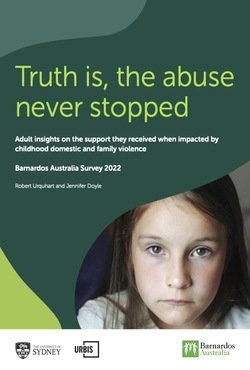By Christopher Wildeman and Robert J. Sampson
Nearly 35 years ago, Sampson and Laub popularized the concept of desistance from crime and isolated core factors that promote and inhibit this process. In this article, we introduce the concept of intergenerational desistance and provide guidance on measuring and explaining this process, encouraging researchers to think of the life-course of crime in terms of both individuals and generations. We first review research on the intergenerational transmission of family criminality and criminal justice contact, relying also on research outside of criminology to highlight how using broader conceptions of the family, including social parents, entire generations, and three (or more) generations could enliven this area. Bridging these literatures allows us to then introduce the concept of intergenerational desistance and elaborate on the concept of intergenerational escalation and demonstrate how they can be measured using data from the Project on Human Development in Chicago Neighborhoods (PHDCN). We close by developing a research agenda for considering intergenerational desistance and escalation in ways that enhance our understanding of how the life-course of crime, criminal justice contact, and other troubles in life (e.g., with alcohol, drugs, and mental health) progress through families.
Annual Review of Criminology, Volume 7, Page 85 - 104




